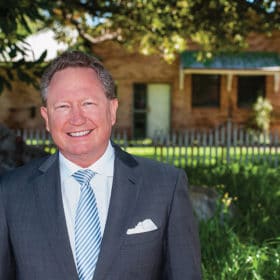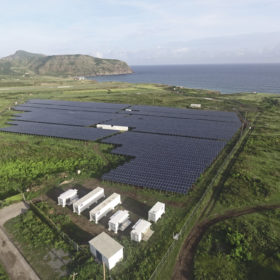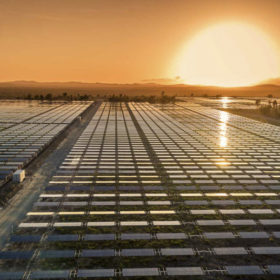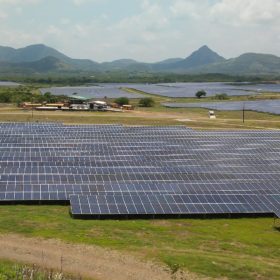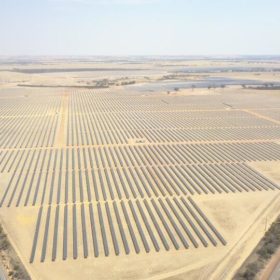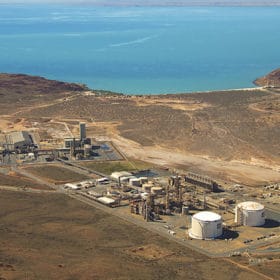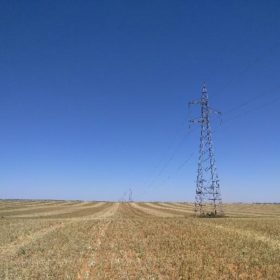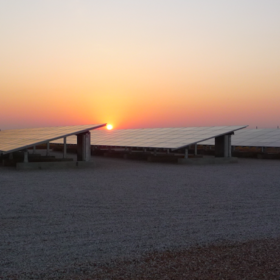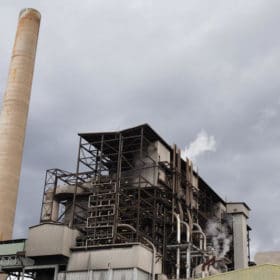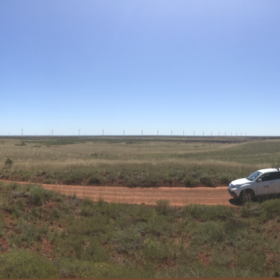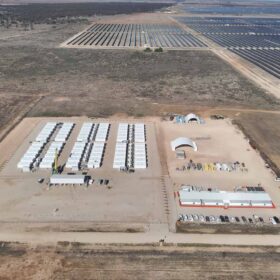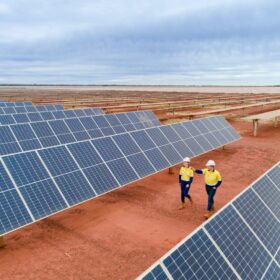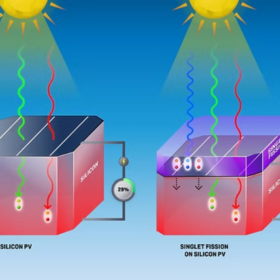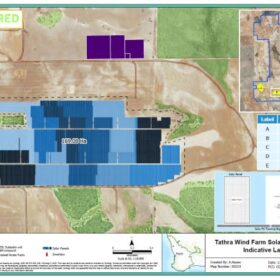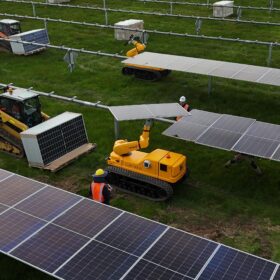Fortescue and South Korea’s Posco agree to green hydrogen future
Fortescue Metals Group Chairman Andrew ‘Twiggy’ Forrest returned to Western Australia last week after a 4-month worldwide search for green energy projects and resources. One of the deals secured on the trip was a circular partnership with South Korean steelmaker Posco. The deal sees Fortescue supply Posco with iron ore, Posco use said ore to make steel, and Fortescue use said steel for renewable energy projects to make green hydrogen.
New method to build microgrids based on solar, hydrogen
The use of polymer electrolyte membrane fuel cells as backup power generation in solar microgrids could drive down costs and improve efficiency, according to an international group of researchers. They have proposed a new energy management system that could be ideal for hybrid solar-hydrogen microgrids in remote locations.
2020 Year in Review
Soon 2020 will only be a worry to future high-school history students. But when they ask us if anything good at all happened in 2020, remember this review and tell them that solar PV shone in the darkness. Despite the mess of it all, 2020 has been another good year for Australian solar. The industry has demonstrated resilience, and significant progress has been made in the fields of energy storage, green hydrogen and others.
Improving PV-based hydrogen generation with loss‐mitigation techniques
Australian scientists have demonstrated two loss-mitigation techniques that could improve solar‐to‐hydrogen (STH) conversion efficiencies and may lay the ground for cheaper PV-powered hydrogen generation. By combining the two techniques, they were able to achieve an STH efficiency of around 19.4% at realistic operating temperatures.
WA courts Germany with its renewable hydrogen, hosts inaugural Renewable Hydrogen Roundtable
With the joint-feasibility study between Australia and Germany into the viability of a renewable hydrogen supply chain between the two nations now underway, Western Australia, perhaps the most eager Australian state to establish a green hydrogen export industry, has hosted an inaugural roundtable with some of the two nations biggest industry hitters.
Engie and Yara partner to develop Pilbara Hydrogen Hub
Engie and ammonia producer Yara have published findings from their long-awaited feasibility study into the development of renewable hydrogen and ammonia at Yara’s Pilbara Fertilisers plant. The study has led to development plans for large-scale renewable hydrogen and ammonia development with the first phase, a 10 MW solar farm and electrolyser, already instigated.
$108 million in Victorian funding for green energy’s next wave
Alongside targeted upgrades to transmission, and ongoing solar and wind developments, the Andrews Labor Government seeks to keep the breakthroughs rolling through with commitment to funding renewable energy research and start-ups.
Horizon looks to future with green hydrogen microgrid
Western Australian utility Horizon Power will build the nation’s first remote microgrid using renewable hydrogen generation at Denham, in the state’s northwest, having secured the support of the Australian Renewable Energy Agency.
Renewables outshine gas in race to replace Liddell
A new report from energy consultancy Reputex has thrown cold water on the Federal Government’s plan to replace AGL’s ageing Liddell coal-fired power station with a gas option.
Report: Australia shapes as green energy “superpower”
Australia is positioned to become a renewable energy “superpower” with multinational consultancy Ernst & Young (EY) suggesting the nation’s green hydrogen and solar energy export plans have it well placed to take advantage of a growing market.
